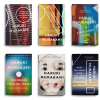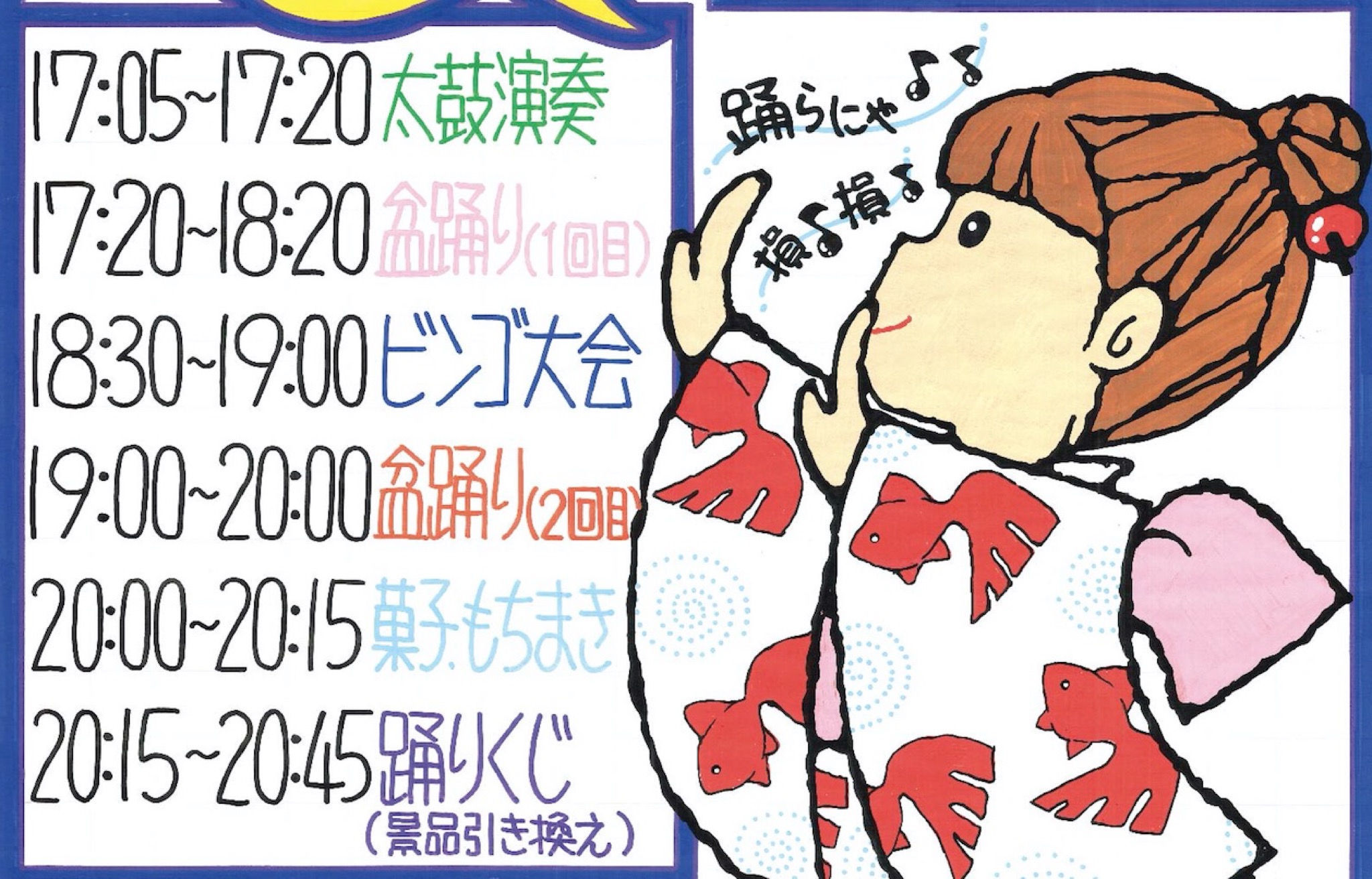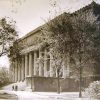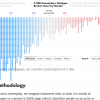大江健三郎のノーベル文学賞受賞記念講演 “Japan, The Ambiguous, and Myself” を読んでみました。
英語の原文は nobelprize.org で読めるだけでなく、大江氏の演説を聴くこともできます。
Kenzaburo Oe’s Nobel Lecture, “Japan, The Ambiguous, and Myself” の英文(1994年12月7日)
大江健三郎氏のノーベル文学賞受賞記念講演のオーディオ録音を聴く
日本語版は、『あいまいないな日本の私』(岩波新書)で読みました。
正直言って、大江氏が演説に触れたフランス文学などについての知識がないので、やや難しい内容だと思いました。しかし、日本語と英語の両方で読んだので、なんとかついていけました。
特に、大江氏の個人的な話は興味深かったです。例えば、最後のところにあるこの箇所。
ところがさらにかれが作曲を進めるうち、父親の私は、光の音楽に、泣き叫ぶ暗い魂の声を聞きとるほかなくなったのです。知的な発達のおくれている子供なりの、しかし懸命な努力が、かれの「人生の習慣」である作曲に、技術の発展と構想の深化をもたらしました。そしてそのこと自体が、かれ自身の胸の奥に、これまで言葉によっては探りだせなかった、暗い悲しみのかたまりを発見させたのでした。(16頁)
As Hikari went on to compose more works, I could not but hear in his music also ‘the voice of a crying and dark soul’. Mentally handicapped as he was, his strenuous effort furnished his act of composing or his ‘habit of life’ with the growth of compositional techniques and a deepening of his conception. That in turn enabled him to discover in the depth of his heart a mass of dark sorrow which he had hitherto been unable to identify with words.
しかもその泣き叫ぶ暗い魂の声は美しく、音楽としてそれを表現する行為が、それ自体で、かれの暗い悲しみのかたまりを癒し、恢復させていることもあきらかなのです。さらに光の作品は、わが国で同じ時代を生きる聴き手たちを癒し、恢復させもする音楽として、広く受けとめられることになりました。芸術の不思議な治癒力について、それを信じる根拠を、私はそこに見いだします。(17頁)
‘The voice of a crying and dark soul’ is beautiful, and his act of expressing it in music cures him of his dark sorrow in an act of recovery. Furthermore, his music has been accepted as one that cures and restores his contemporary listeners as well. Herein I find the grounds for believing in the exquisite healing power of art.
素敵な話だと思いました。
良かったら、大江健三郎の講演を、英語で聴きながら読んでみてください。
***
スポンサーリンク






